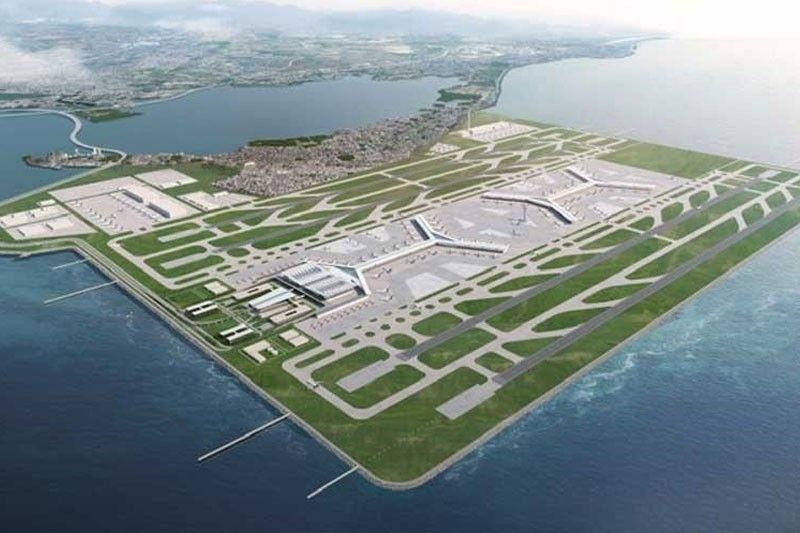Chinese firm in Sangley airport project helped build South China Sea artificial islands

MANILA, Philippines — The Chinese state-owned firm that will handle the development of Sangley airport in Cavite is the same company that helped build Beijing's artificial islands in the South China Sea.
The tandem of Lucio Tan's MacroAsia Corp. and China Communications Construction Co. (CCCC) was the sole bidder for the Sangley Point International Airport project.
The provincial government of Cavite earlier said it would award the project to the MacroAsia-CCCC tandem mid-January. The proposal also includes CCCC's sister companies China Airport Construction Group Co. Ltd. and CCCC Dredging Group Co. Ltd.
According to a Wall Street Journal report in November 2015, a ship owned by CCCC Dredging was seen in surveillance photos at one of China's artificial islands in the Spratly Islands. This report was based on defense-intelligence provider IHS Jane's Defence Weekly.
The report also said a suction hopper dredger operated by CCCC Tianjin Dredging Co. Ltd. was seen in the Spratly Islands area from Jan. 14 to Feb. 16, 2015.
CCCC Dredging wholly owns the firm that operated the dredging ships seen around the islands, including Mischief Reef, which is within Philippine exclusive economic zone.
The World Bank previously blacklisted CCCC due to alleged fraudulent practicies by one of its subsidiaries, China Road and Bridge Corp.
CCCC, however, has been allowed to participate in all World Bank Group-financed tenders since the debarment was lifted in January 2017.
In October 2016, CCCC Dredging was awarded a contract to carry out a 208-hectare land reclamation project at President Rodrigo Duterte's hometown Davao City.
The deal worth $13.5 billion would create land along the 8-kilometer coast of Davao Bay that would be used for government offices, businesses, housing, port terminals and industry, according to an October 2016 report from South China Morning Post.
The Sangley airport project will be a public-private partnership joint venture by the provincial government of Cavite that will no longer require the approval of the National Economic and Development Authority for implementation.
The 1,500-hectare master-planned international airport hub will feature four runways, airside and landside facilities, and can accommodate up to 130 million passengers annually. The airport is also eyed to be used by the Philippine Navy and Philippine Air Force. — with reports from Richmond Mercurio
- Latest
- Trending































